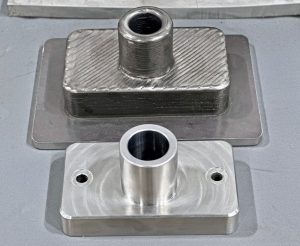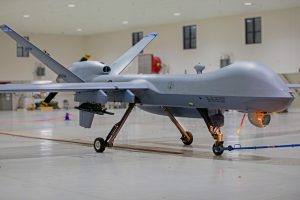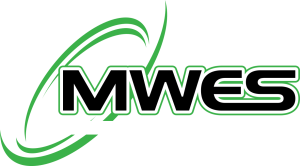Industrial Metal additive manufacturing is not a new technology or concept. Still, it has gained significant momentum in recent years in many industries, thanks to the advances in hardware, software, materials and applications. According to Grand View market research reports, the global metal additive market was valued at $7.73 billion in 2023 and is expected to expand at a compound annual growth rate (CAGR) of 24.6% from 2024 to 2030. The demand for metal large-scale metal additive manufacturing is driven by various industries, such as aerospace, automotive, military and petrochemical, all seeking to improve performance, efficiency and sustainability.
Large-scale metal 3D printing poses unique challenges and opportunities for the industry, requiring higher power, precision, speed and reliability. Several innovations to look out for are new materials, AI and more.
New Materials and Composites
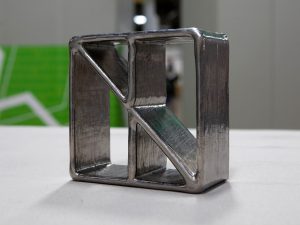
One of the main trends in large-scale metal 3D printing is developing and testing new materials and composites, which can offer improved properties and functionality for various applications. For example, nickel alloys, such as Inconel and Hastelloy, are widely used for high-temperature and corrosion-resistant parts, such as jet engine components, gas turbines and chemical reactors. Copper, which has high electrical and thermal conductivity, is also gaining popularity for applications such as heat exchangers, electric motors and solar panels.
New materials and composites can also enable the creation of multi-material and functionally graded parts, which can have different properties and functions in different regions of the part. For example, a metal part can have a hard and wear-resistant outer layer, and a soft and ductile inner layer, or a metal part can have a conductive layer and an insulating layer. These types of parts can offer better performance and functionality than homogeneous parts and reduce the need for post-processing and assembly.
Artificial Intelligence and Automation
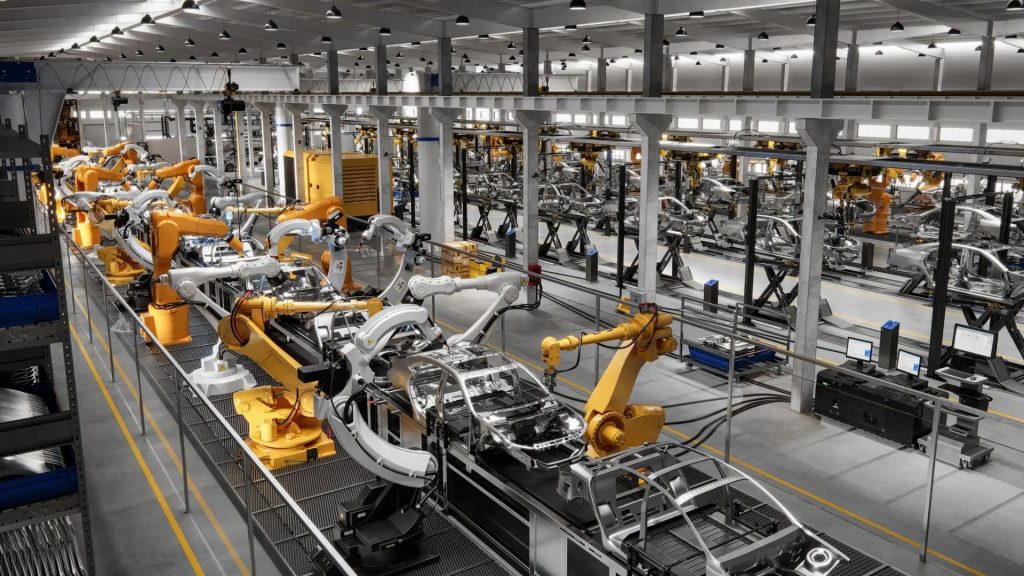
Another trend in large-scale metal 3D printing is integrating artificial intelligence (AI) and automation, which can enhance the design, optimization, quality control and post-processing of the printed parts. AI can help to generate optimal designs for metal parts, based on the desired specifications, constraints and objectives, using techniques such as generative design, topology optimization and machine learning. AI can also help to optimize the printing parameters, such as the laser power, speed and scan pattern, to ensure the best quality and efficiency of the printing process.
AI and automation can also help to monitor and control the printing process, using sensors, cameras and feedback loops, to detect and prevent defects, such as porosity, cracking, warping and distortion. AI and automation can also help to automate the post-processing steps, such as removing the support structures, heat treating, machining and polishing, to reduce the time and cost of production.
Is Additive in your future?
Large-scale metal additive manufacturing is a rapidly growing field that has many applications in various industries, such as aerospace, defense, marine and energy production. Some of the key trends and prospects in this field are developing new materials and composites and integrating artificial intelligence and automation. These trends can offer improved performance, functionality, and sustainability for the metal parts, and also pose new challenges and opportunities for the industry.
If your manufacturing process requires an overhaul then ADDere’s additive manufacturing systems may be the solution for your application. Contact us today and speak with one of our additive experts and discover if additive manufacturing is in your future.

